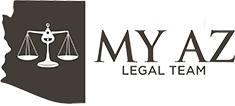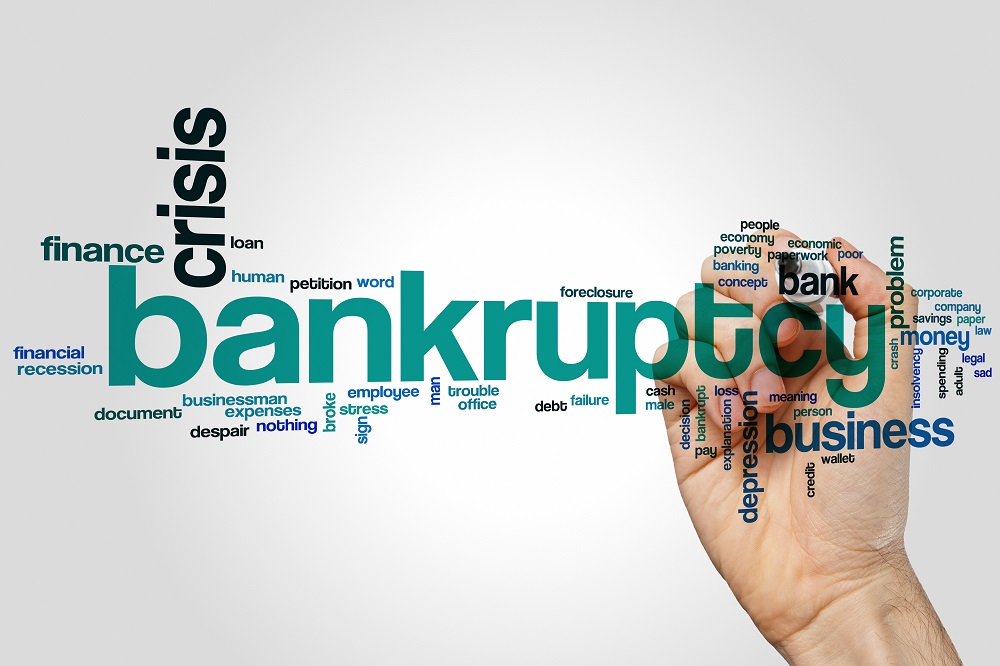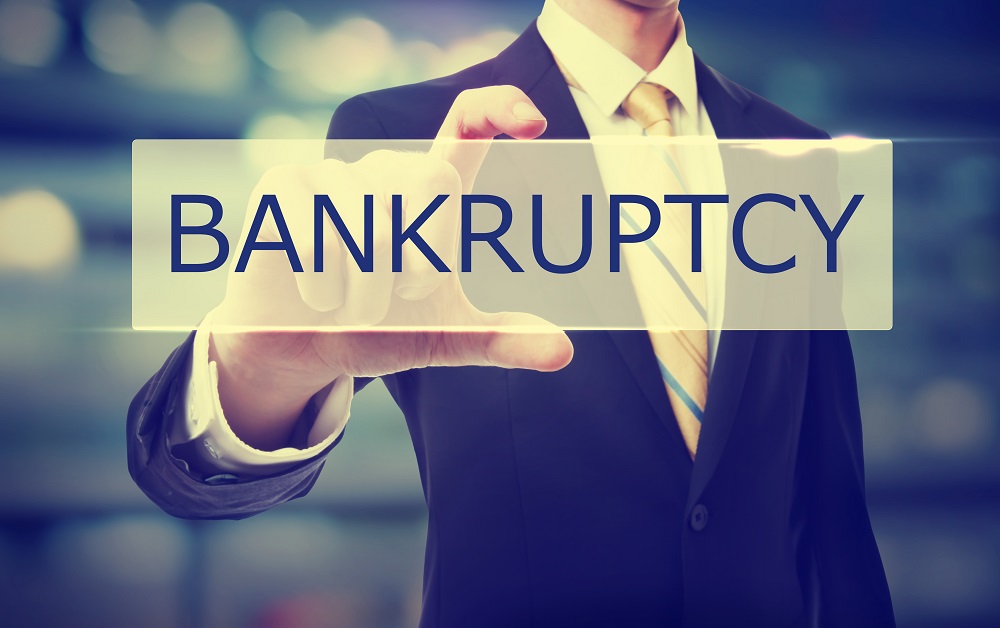Whether one should liquidate or file for bankruptcy depends on a case by case basis. Each situation is different and may call for a different procedure. There are two main types of bankruptcy filings in Arizona – There is Liquidation Bankruptcy, also known as Chapter 7 bankruptcy and Reorganization Bankruptcy, for which you would file for either Chapter 11 or Chapter 13 bankruptcy. Below you will find explanations of chapters 7, 11, and 13, which may help you have a clearer idea of what will work best for your situation.
How To Know What Is Right For You – Things To Consider
- Do your debts outweigh your assets?
- Will selling all of your assets pay off your debt completely?
- Is this an individual debt or a business debt?
- Do you want to maintain your small business?
- Will you be liable for any of the business debts?
Chapter 7 Bankruptcy
If you are a smaller business and your assets outweigh your debts or if you are an individual looking to clear your debt, this may be your best option. Unlike Chapter 13 bankruptcy, Chapter 7 does not involve the filing of a repayment plan. A trustee is appointed by the court. The trustee then collects all the debtora��s nonexempt assets and uses the proceeds to pay creditors. In filing for Chapter 7, one leaves their property vulnerable, as part of their property may be subject to liens and mortgages. Thus, a business looking to resume business may not want to choose to file under chapter 7. To find a list of Arizona exemptions, you may visit the Arizona court website.
Do you qualify to file for Chapter 7 Bankruptcy?
In order to qualify, your current monthly income must be below the state median. However, if your monthly income is more than the state median, the Bankruptcy Code requires an application of a a�?means testa�? to determine whether the chapter 7 filing should go through, or if the individuala��s filing abusive. Abuse is generally presumed in such cases as to ensure that the individual filing for bankruptcy is not abusing the system. A debtor may rebut a presumption of abuse by showing special circumstances that justify additional expenses. If abuse is found, the courts will convert the chapter 7 bankruptcy to that of chapter 13.
Chapter 13 Bankruptcy
Chapter 13 bankruptcy enables an individual with a regular income to develop a plan to repay all or part of their debts. Unlike chapter 7 liquidation bankruptcy, chapter 13 will allow you to keep certain assets that you would lose if you had filed under chapter 7. Chapter 13, also known as reorganization bankruptcy, allows you to propose a detailed payment plan to your creditors over a 3-5 year period. There are numerous benefits for filing a chapter 13 bankruptcy. Some of these advantages are:
- Allows debtors to save their home from foreclosure
- May cure delinquent mortgage payments over time
- Allows individuals to reschedule secured debts throughout the term of the chapter 13 plan (other than a mortgage for their primary residence)
- May lower payments
- Protects third parties who are liable with the debtor on a�?consumer debtsa�? also may protect co-signors
- Individuals will have no direct contact with creditors while under chapter 13 protection
Unfortunately, if you are a corporation or a partnership, you may not file to be a chapter 13 debtor. You must file either under chapter 7 or chapter 11 bankruptcy.
Do you qualify to file for Chapter 13 Bankruptcy?
Any individual, even if self-employed or operating an unincorporated business, is eligible for chapter 13 relief as long as the individual’s unsecured debts are less than $383,175 and secured debts are less than $1,149,525. These amounts are adjusted periodically to reflect changes in the consumer price index.
Chapter 11 Bankruptcy
Chapter 11 bankruptcy is most commonly initiated by business entities, or individuals who do not qualify for either chapter 7 or chapter 13 bankruptcy. Generally, filing for chapter 11 bankruptcy is not encouraged when it is an individual filing because of higher court fees and attorney fees.
Chapter 11 is typically used to reorganize a business, which may be a corporation, sole proprietorship, or partnership. Under chapter 11 bankruptcy in Arizona, the debtor remains in control of his/her business operations as a debtor in possession, and is subject to the oversight of the court. The court will appoint a trustee, who will be responsible for monitoring the compliance of the debtor in possession with the reporting requirements. The reporting requirements include employment of attorneys, accountants, appraisers, auctioneers, or other professional persons to assist the debtor during its bankruptcy case.
You, the debtor, will have exclusive rights to propose a plan of reorganization of your debts. Generally, 120 days (after filing for Chapter 11) are given for the debtor to propose the plan. If a plan is not reached within that time frame, then creditors may propose a plan. Plans must satisfy a number of criteria, mainly it must be a�?fair and equitablea�? and may not discriminate against a class of creditors, and be confirmed by the bankruptcy court.
For more information related to the different chapters of bankruptcy contact the experienced Arizona bankruptcy lawyers at Ariano & Reppucci today.


